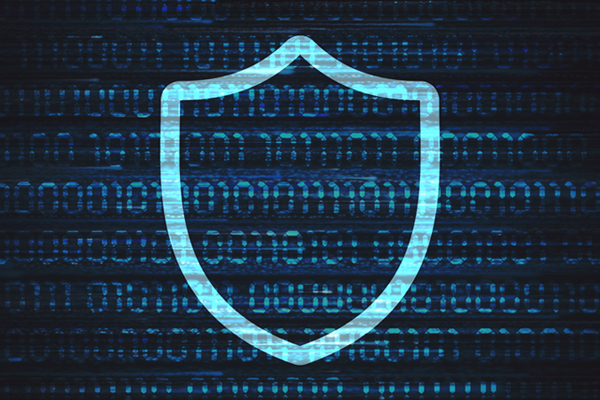Note: This article originally appeared in Verisign’s Q3 2020 Domain Name Industry Brief.
Verisign is deeply committed to protecting our critical internet infrastructure from potential cybersecurity threats, and to keeping up to date on the changing cyber landscape.
Over the years, cybercriminals have grown more sophisticated, adapting to changing business practices and diversifying their approaches in non-traditional ways. We have seen security threats continue to evolve in 2020, as many businesses have shifted to a work from home posture due to the COVID-19 pandemic. For example, the phenomenon of “Zoom-bombing” video meetings and online learning sessions had not been a widespread issue until, suddenly, it became one.
As more people began accessing company applications and files over their home networks, IT departments implemented new tools and set new policies to find the right balance between protecting company assets and sensitive information, and enabling employees to be just as productive at home as they would be in the office. Even the exponential jump in the use of home-networked printers that might or might not be properly secured represented a new security consideration for some corporate IT teams.
An increase in phishing scams accompanied this shift in working patterns. About a month after much of the global workforce began working from home in greater numbers, the Federal Bureau of Investigation (FBI) reported about a 300 percent to 400 percent spike in cybersecurity complaints received by its Internet Crime Complaint Center (IC3) each day. According to the International Criminal Police Organization (Interpol), “[o]f global cyber-scams, 59% are coming in the form of spear phishing.” These phishing campaigns targeted an array of sectors, such as healthcare and government agencies, by imitating health experts or COVID-related charities.
Proactive steps can help businesses improve their cybersecurity hygiene and guard against phishing scams. One of these steps is for companies to focus part of their efforts on educating employees on how to detect and avoid malicious websites in phishing emails. Companies can start by building employee understanding of how to identify the destination domain of a URL (Uniform Resource Locator – commonly referring to as “links”) embedded in an email that may be malicious. URLs can be complex and confusing and cybercriminals, who are well aware of that complexity, often use deceptive tactics within the URLs to mask the malicious destination domain. Companies can take proactive steps to inform their employees of these deceptive tactics and help them avoid malicious websites. Some of the most common tactics are described in Table 1 below.
| Tactic | What is it? |
| Combosquatting | Adding words such as “secure,” “login” or “account” to a familiar domain name to trick users into thinking it is affiliated with the known domain name. |
| Typosquatting | Using domain names that resemble a familiar name but incorporate common typographical mistakes, such as reversing letters or leaving out or adding a character. |
| Levelsquatting | Using familiar names/domain names as part of a subdomain within a URL, making it difficult to discover the real destination domain. |
| Homograph attacks | Using homograph, or lookalike, domain names, such as substituting the uppercase “I” or number “1” where a lowercase “L” should have been used, or using “é” instead of an “e.” |
| Misplaced domain | Planting familiar domain names within the URL as a way of adding a familiar domain name into a complex-looking URL. The familiar domain name could be found in a path (after a “/”), as part of the additional parameters (after a “?”), as an anchor/fragment identifier (after a “#”) or in the HTTP credentials (before “@”). |
| URL-encoded characters | Placing URL-encoded characters (%[code]), which are sometimes used in URL parameters, into the domain name itself. |
Teaching users to find and understand the domain portion of the URL can have lasting and positive effects on an organization’s ability to avoid phishing links. By providing employees (and their families) with this basic information, companies can better protect themselves against cybersecurity issues such as compromised networks, financial losses and data breaches.
To learn more about what you can do to protect yourself and your business against possible cyber threats, check out the STOP. THINK. CONNECT. campaign online at https://www.stopthinkconnect.org. STOP. THINK. CONNECT. is a global online safety awareness campaign led by the National Cyber Security Alliance and in partnership with the Anti-Phishing Working Group to help all digital citizens stay safer and more secure online.



